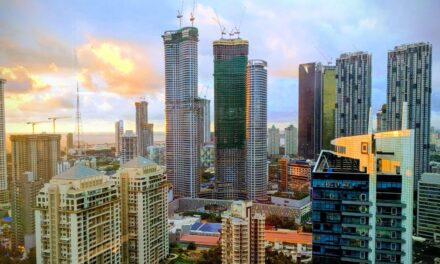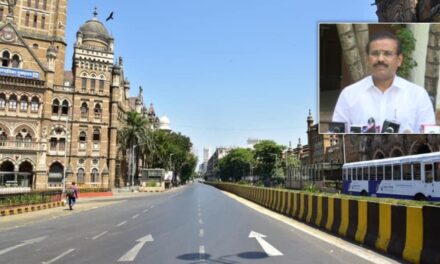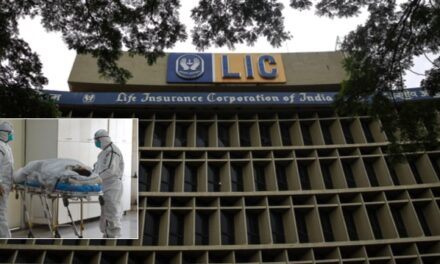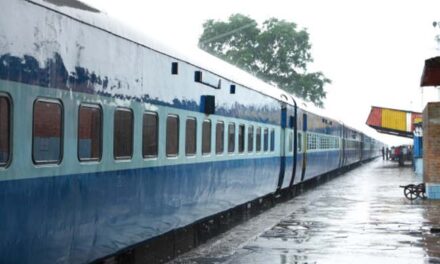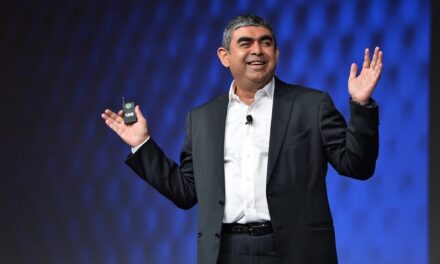Khadi sales to cross Rs 5,000 crore mark for the first time by 2017-18
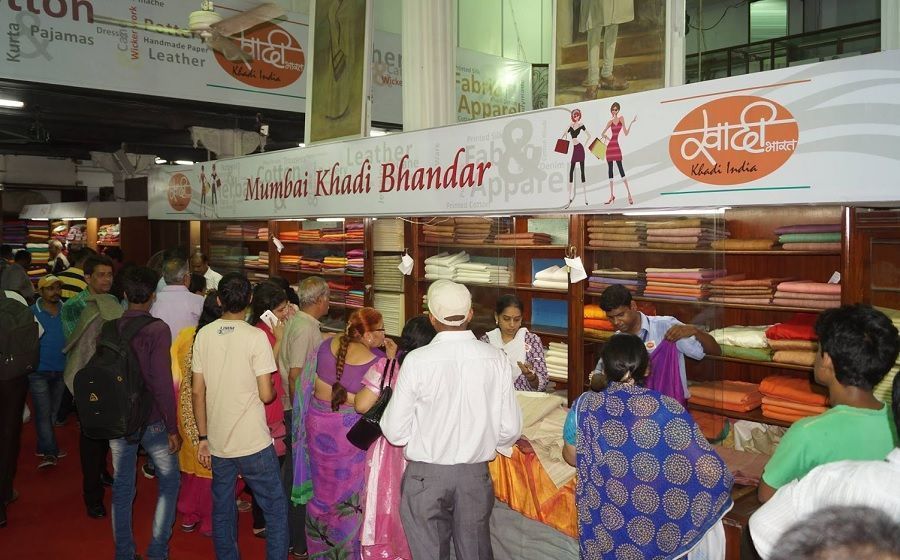

Representational Image. Courtesy: Corporatenewz Blog
Gone are the days when khadi products were fashioned for the rural markets.
In recent years, the nation’s homespun cotton cloth has witnessed a monumental surge in demand and supply thanks to Prime Minister Narendra Modi, who has repeatedly urged fellow countrymen to adopt khadi products.
In keeping with the growing demand, the KVIC expects to surpass the sales target of Rs 5,000 crore by the end of 2017-18.
“The sale of khadi products has recorded a quantum jump. We are getting good orders from the government. We will achieve the sales target of Rs 5,000 crore by the end of 2017 -18,” Khadi and Village Industries Commission (KVIC) Chairman Vinai Kumar Saxena told PTI.
Sales of khadi goods shot up by about 29 per cent to Rs 1,510 crore in 2015-16. During the first six months of the current fiscal, the sales have increased by approximately 50 percent.
He said that the KVIC is also setting up export cells to promote overseas sales of the products.
“There is a good demand in the countries like the US and UK. Currently, we are not doing direct exports but now we will start. It will help in making khadi an international brand,” he said.
One of the most popular khadi product is the short-sleeved, shirt-length ‘Modi Kurta’, which has become a rage among both Indians and natives living abroad.
Further, to improve the quality and sales of products, KVIC is regularly organising training programmes for spinners and weavers in areas like designing and marketing.
In October, in its proposal to the Ministry of Micro, Small and Medium Enterprises (MSME), the KVIC also proposed to launch its online portal from this month.
“We have completed all the work related to it, such as preparation of the rate chart, photographs of products, godown, courier agreement, and payment channels,” KVIC Chairman had said.
Overall sales of both khadi and village industries have jumped over 14 per cent to Rs 37,935 crore in 2015-16.
The khadi and village industries products are manufactured by about 7 lakh privately-owned household units. These units are funded through schemes such as Prime Minister’s Employment Generation Programme.


